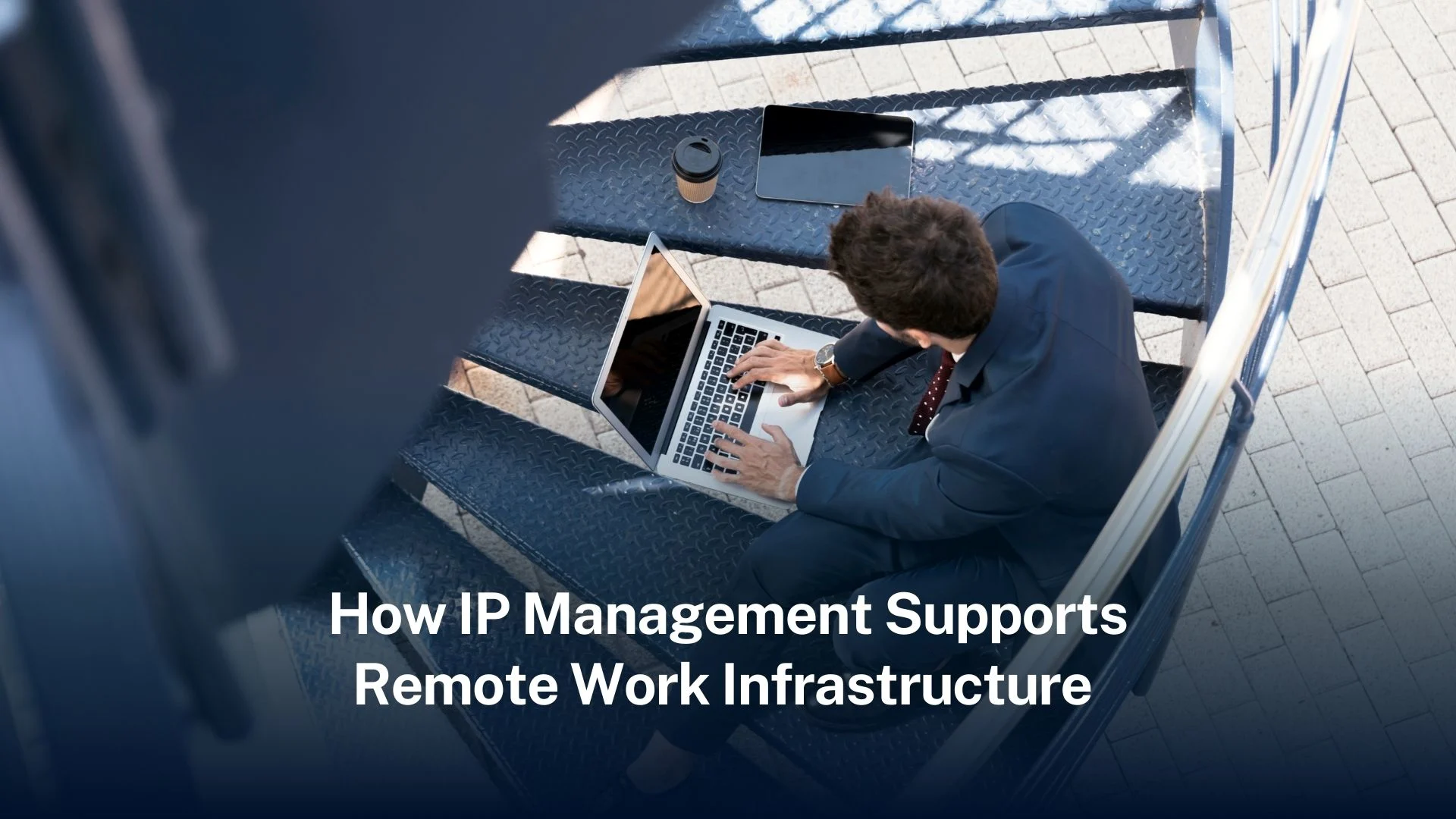Author: admin
-

How the IP management supports remote work infrastructure
—
by
How the IP management supports remote work infrastructure <p data-header=”0″ data-textformat=”{"fgc":"rgb(0, 0, 0)","size":"11.00","type":"text"}” data-margin-bottom=”8pt” data-hd-info=”0″ data-line-height=”1.1″ data-doc-id=”7530429000003376023″ data-doc-type=”writer”>Proper IP address management keeps teams connected and secure. It enables scalable provisioning, visibility, and compliant auditing across the cloud and home networks.</p><p data-header=”0″ data-textformat=”{"fgc":"rgb(0, 0, 0)","size":"11.00","type":"text"}” data-margin-bottom=”0pt” data-hd-info=”0″ data-line-height=”1.3″ data-doc-id=”7530429000003343009″ data-doc-type=”writer”><br />• Prevent address conflicts, speed onboarding,…







